Iran’s agricultural sector presents a compelling dichotomy: while exports of crops like vegetables and cereals have shown consistent performance, import dependency on agricultural raw materials has surged in recent years. Trade data from 2022 reveals that Iran exported vegetables worth $2.99 billion, a decline from $3.58 billion in 2021 and $4.27 billion in 2020. Concurrently, imports of vegetables skyrocketed to $15.03 billion in 2022, up from $13.63 2021 and $8.51 2020. This sharp increase in vegetable imports signals potential gaps in domestic production and supply chain inefficiencies, underscoring the need for strategic investment in local agricultural infrastructure. The broader agricultural landscape also reflects these challenges. Agricultural raw material exports accounted for only 0.31% of merchandise exports in 2022, a drop from 0.41% in 2021 and 0.67% in 2020. On the import side, agricultural raw materials represented 2.95% of merchandise imports in 2022, up from 2.74% in 3.48% in 2020. This disparity highlights the reliance on external markets to meet domestic demand for essential inputs.
Furthermore, rural population growth has been negative, with a decline of 0.77% continuing a trend of shrinking rural labor forces. Employment in agriculture has also decreased, with only 14.55% of total employment in 2022 compared to 16.73% in 2020, reflecting a shift away from agricultural jobs. Despite these challenges, Iran’s crops market offers untapped opportunities for growth. The country’s cereal yield improved to 1,827 kg per hectare up from 1,635 kg in 2021. Similarly, the crop production index, though declining slightly to 77.41 demonstrates resilience compared to 84.35 and 81.94 The medicinal plants segment, known for its global demand, remains underexplored, offering significant export potential. Additionally, Iran’s permanent cropland has remained stable at 1.16% of land area, indicating room for expansion into high-value crops like industrial plants and animal feed. For businesses looking to capitalize on these opportunities, navigating Iran’s agricultural market requires access to reliable supplier networks and export channels. This is where Aritral.com comes in.
Aritral.com is an innovative B2B platform that streamlines global trade for businesses in agriculture and related industries. With features like detailed product listings, AI-powered international marketing, and direct communication tools with automatic translations, Aritral eliminates language barriers and helps sellers connect with buyers worldwide. The platform’s tailored solutions, including professional business profile management and AI-supported seller growth, empower local entrepreneurs to become global exporters. Aritral.com For example, if you’re a producer of vegetables, cereals, or medicinal plants in Iran, Aritral can assist you in showcasing your products to international buyers, managing sales offers, and placing purchase requests. By leveraging Aritral’s AI-driven insights, businesses can identify high-demand markets and optimize their export strategies. Whether you’re a farmer, exporter, or supplier, Aritral ensures maximum visibility and success in the global market. In conclusion, Iran’s crops market is at a crossroads, with significant challenges but equally promising opportunities. Businesses that invest in local production capabilities and leverage platforms like Aritral.com to access global markets will be well-positioned to thrive in this evolving landscape. By addressing supply chain gaps and exploring high-value crop segments, Iran’s agriculture sector can unlock its full potential and strengthen its position in international trade.
-
 سعید زار 3 میاشتې مخکې
سعید زار 3 میاشتې مخکې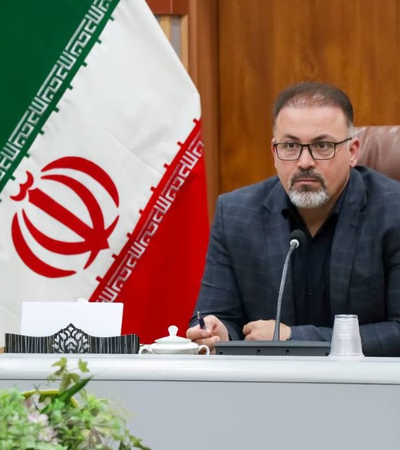 ایران
زراعتی ماشین آلات او تجهیزات
ایران
زراعتی ماشین آلات او تجهیزات
سعید زار کمپنۍ د دې ډول تجهیزات او توکو د عرضه کولو او پلورلو لپاره چمتو ده چې د لوړ کیفیت او غوره قیمت سره په ایران کې ټولو بندرونو کې یاد شوي.تفصیلات
-
 محمد حقیقت 2 میاشتې مخکې
محمد حقیقت 2 میاشتې مخکې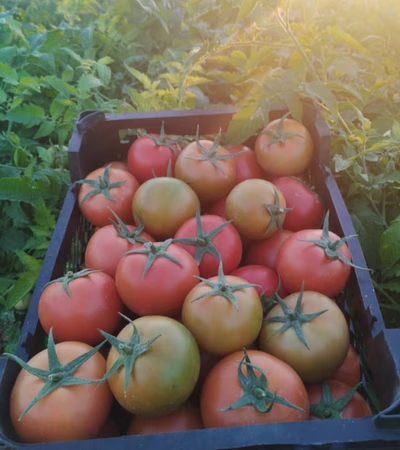 ایران
د ټماټر/هندوانه/
ایران
د ټماټر/هندوانه/
د الله په نوم، ګرانو سوداګرو ته سلام. د مختلفو بسته بندیو کې د ټماټر عرضه او بسته بندي، د هندوانې بکس پالت ۵۰۰ کیلوګرامه او ۱ ټنهتفصیلات
-
 سیف 3 میاشتې مخکې
سیف 3 میاشتې مخکې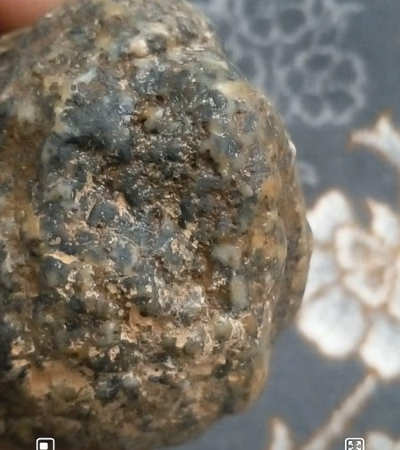 ایران
میتوریت
ایران
میتوریت
د میتوریتونو سره ورته ډبرو پلور، چې د مقناطیسونو لخوا جذب کیږي، درانه وزن، ځلا لرونکي کوچني ذرات، او کثافت. د خریدار اړیکه د اړیکو چینلونو له لارې.تفصیلات
-
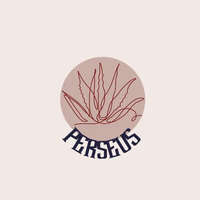 لیلا موسوي نویديان 2 میاشتې مخکې
لیلا موسوي نویديان 2 میاشتې مخکې ایران
د طبیعي ویښتو، زړو ایرانی قالینو او فرشونو، د حبوباتو او زعفرانو پلورونکی
ایران
د طبیعي ویښتو، زړو ایرانی قالینو او فرشونو، د حبوباتو او زعفرانو پلورونکی
د طبیعي ویښتو، حبوباتو، دستي جوړ شوي ګاڼو، انتيک فرشونو او قالینو، زعفرانو پلورونکیتفصیلات
-
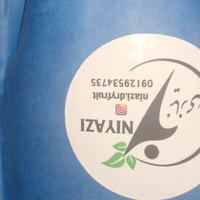 نیازی 3 میاشتې مخکې
نیازی 3 میاشتې مخکې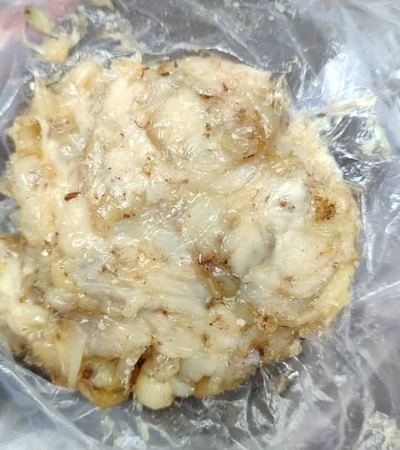 ایران
د فیرولا بوټی
ایران
د فیرولا بوټی
د فیرولا بوټی چې لوړ درملیز ځانګړتیاوې لريتفصیلات
-
 کمپني پند ټیک 3 میاشتې مخکې
کمپني پند ټیک 3 میاشتې مخکې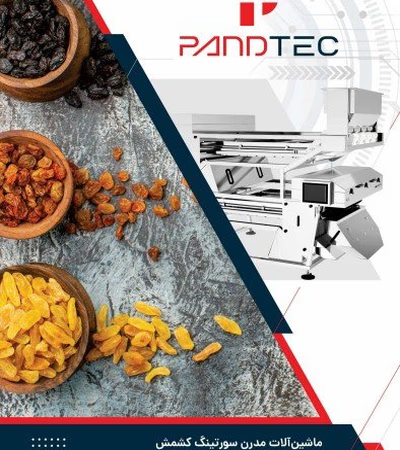 ایران
د ترتیب او بسته بندۍ ماشینونه او جنریټر
ایران
د ترتیب او بسته بندۍ ماشینونه او جنریټر
کمپني پند ټیک د پاکولو محصولاتو په برخه کې د ترتیب او بسته بندۍ ماشینونه وړاندې کوي لکه کشمش، پسته، حبوبات، چای او درملیز بوټي، کافي، غنم او جوار، او ...تفصیلات
-
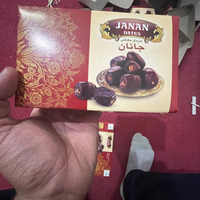 ټریډینګ امینی 3 میاشتې مخکې
ټریډینګ امینی 3 میاشتې مخکې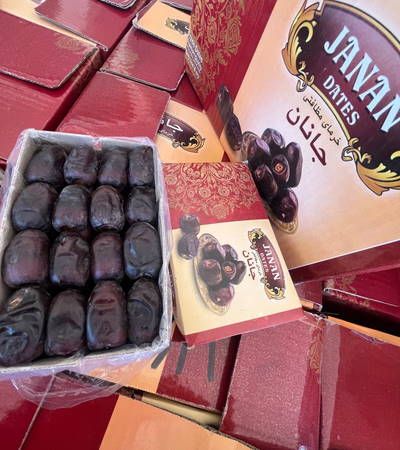 ایران
د تاریخو بم
ایران
د تاریخو بم
ټریډینګ امینیتفصیلات
-
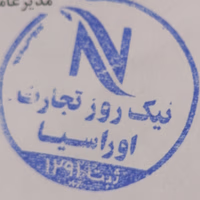 نیک روز تجارت یوراسیا 2 میاشتې مخکې
نیک روز تجارت یوراسیا 2 میاشتې مخکې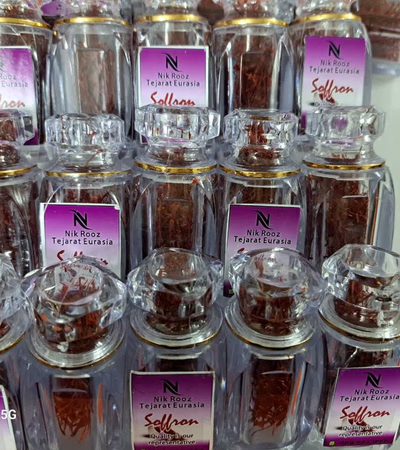 ایران
زعفران
ایران
زعفران
سلام زراعتی محصولات مستقیم او له تولیدونکي څخه وړاندې کیږي.تفصیلات
-
 حسین نوری 3 میاشتې مخکې
حسین نوری 3 میاشتې مخکې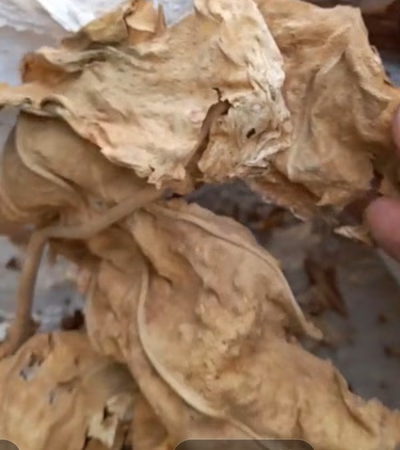 ایران
تنباکو
ایران
تنباکو
خانصاری تنباکوتفصیلات
-
 محمد حسن بهجت 3 میاشتې مخکې
محمد حسن بهجت 3 میاشتې مخکې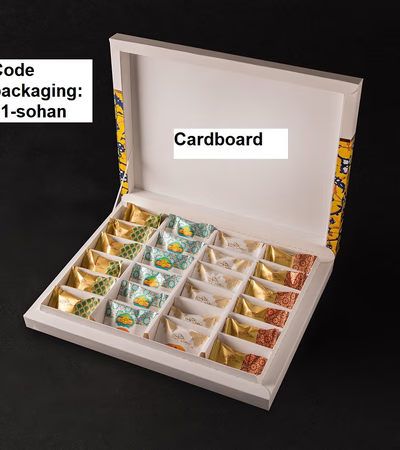 ایران
شیرینی او چاکلیټ، خرما، میوې او سبزيجات، مغز
ایران
شیرینی او چاکلیټ، خرما، میوې او سبزيجات، مغز
موږ د ایران څخه د ټولو ډولونو چاکلیټونو او شیرینو، خرما، تازه میوو او سبزیجاتو، مغزو او وچو میوو عرضه کوونکي او صادرونکي یو. بیې سیالتي دي او ژر تر ژر...تفصیلات
-
 سفوره دادو 3 میاشتې مخکې
سفوره دادو 3 میاشتې مخکې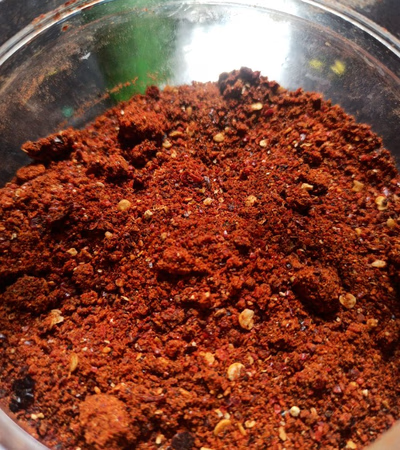 ایران
پول بیبر مصالحه
ایران
پول بیبر مصالحه
پول بیبر مصالحه یوه ترکي مصالحه ده چې د ویټامینونو او معدنیاتو سره بډایه ده. دا یوه خورا ګرمه مزاج لري، د معتدل تودوخې او غیر معمولي رنګ او خوشبو سره....تفصیلات
-
 بهنام احمدي 2 میاشتې مخکې
بهنام احمدي 2 میاشتې مخکې ایران
کشمش
ایران
کشمش
زه د تاکستان کشمش عرضه کوونکی یم او د پسته د مغزونو او پسته د ټوټو عرضه کوونکی یم.تفصیلات
-
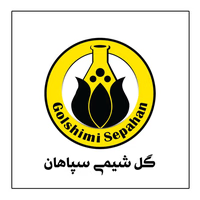 شاکري -غولشيميسپاهان 2 میاشتې مخکې
شاکري -غولشيميسپاهان 2 میاشتې مخکې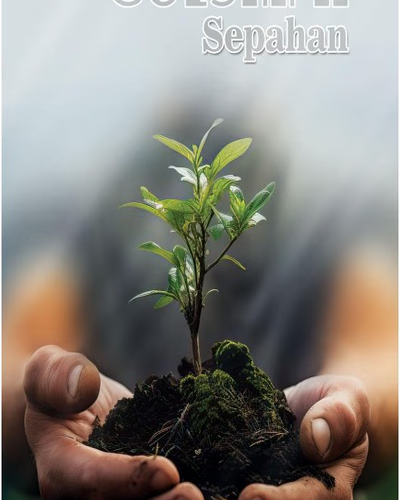 ایران
زراعتی مواد (حشره کشان او سرې)
ایران
زراعتی مواد (حشره کشان او سرې)
موږ د زراعتی موادو تولیدونکي یو، چې مختلف حشره کشان او سرې شاملې دي.تفصیلات
-
 ایما فردین 5 میاشتې مخکې
ایما فردین 5 میاشتې مخکې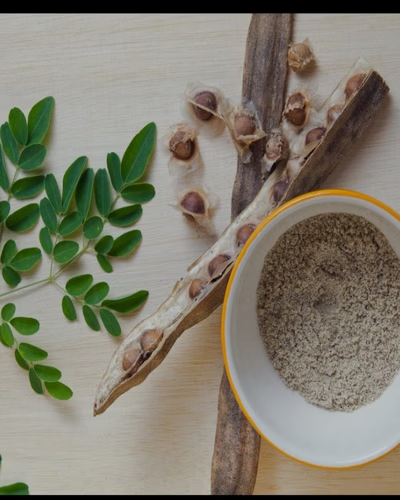 ایران
زعفران، شیرین بیان، مورنکا، آویشن
ایران
زعفران، شیرین بیان، مورنکا، آویشن
سلام، زه ایما فردین یم، د ایران په کې د درملو بوټو تولیدونکی. زما محصولات په غوره ممکنه شرایطو کې کښت، حاصلات او کارول کیږي او په بشپړه توګه اصلي او خ...تفصیلات
-
 ګیمسټون 3 میاشتې مخکې
ګیمسټون 3 میاشتې مخکې ایران
ګیمسټون
ایران
ګیمسټون
تضمین شوی اصلي امبر په ښکلي ډول جوړ شوی، ۱۰۰٪ اصليتفصیلات
-
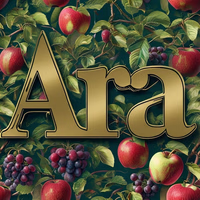 عارفروت بنواند 6 میاشتې مخکې
عارفروت بنواند 6 میاشتې مخکې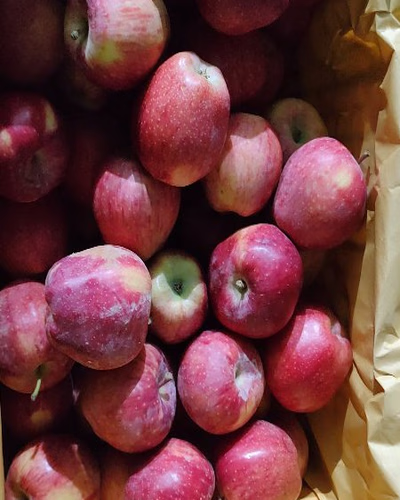 ایران
سیبونه او د اوړي میوې او ځینې سبزيجات
ایران
سیبونه او د اوړي میوې او ځینې سبزيجات
موږ په نړیواله کچه د لوړ کیفیت او خوندور سیبونه لرو ځکه چې موږ په یوه غرني سیمه کې یخچال لرو چې د اوشنویې په لاره واقع دی، ځکه چې د ایران د لویدیځ آذر...تفصیلات
-
 جینو تجارت خلیج فارس 2 میاشتې مخکې
جینو تجارت خلیج فارس 2 میاشتې مخکې ایران
خشک میوې او مصالحې، خرما، د درملنې بوټې، دودیز لباس، مربا او شات، مختلف اچارونه او مختلف هنري صنایع
ایران
خشک میوې او مصالحې، خرما، د درملنې بوټې، دودیز لباس، مربا او شات، مختلف اچارونه او مختلف هنري صنایع
ټول یاد شوي توکي د غوره او لوړ کیفیت څخه جوړ شوي دي، او تر ممکنه حده پورې له بشپړ عضوي محصولاتو یا موادو څخه.تفصیلات
-
 سدیغې آخوندی 3 میاشتې مخکې
سدیغې آخوندی 3 میاشتې مخکې ایران
د زردالو، زعفران، عناب او ډبرې په غوره بیه پلور
ایران
د زردالو، زعفران، عناب او ډبرې په غوره بیه پلور
زردالو، زعفران، او عناب چې د خورا مغذي میوو او مصالحو په توګه پیژندل کیږي، په جنوبي خراسان کې په کافي اندازه موندل کیږي، له دې امله، دوی خورا ښه کیفیت...تفصیلات
-
 کمپني شيوایي 3 میاشتې مخکې
کمپني شيوایي 3 میاشتې مخکې ایران
د عقرب زهر، د کیفیت سرامیک ټایلونه، د جوړونې دروازو ټول ډولونه، سپین او سره مڼې
ایران
د عقرب زهر، د کیفیت سرامیک ټایلونه، د جوړونې دروازو ټول ډولونه، سپین او سره مڼې
په کال کې، موږ د طبي مقاصدو لپاره ۲ لیتره د عقرب زهر چمتو کولو توان لرو، موږ د مختلفو ډولونو سره تر ټولو لوړ کیفیت ټایلونه او سرامیک وړاندې کوو، فابری...تفصیلات
-
 حمید دولت دوست 3 میاشتې مخکې
حمید دولت دوست 3 میاشتې مخکې ایران
فیرولا
ایران
فیرولا
فیرولا نبات، چې په تجارتي توګه ASSA FROLA FOUTIDA په نوم پیژندل کیږي، د درمل جوړونې او خوراکي صنعتونو کې ډیری غوښتنې لري، چې لوړ اقتصادي ارزښت لري.تفصیلات
-
 احمد پرویزی 3 میاشتې مخکې
احمد پرویزی 3 میاشتې مخکې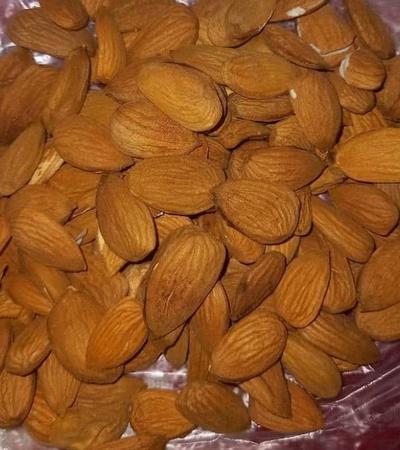 ایران
بادام او اخروټ
ایران
بادام او اخروټ
سلام او مهرباني . احمد پرویزی زه د بادامو او بادامو لوی عرضه کوونکی یم . 100% خوږ تضمین شوی . سلام او مهرباني . احمد پرویزی زه د بادامو او بادامو لوی ...تفصیلات
-
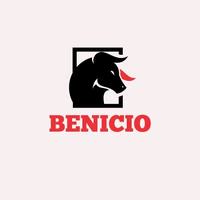 علي 3 میاشتې مخکې
علي 3 میاشتې مخکې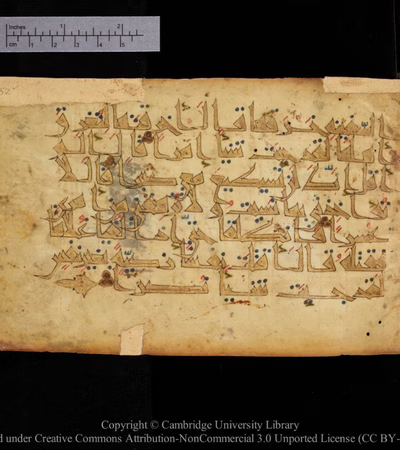 ایران
قرآن
ایران
قرآن
یو قرآن خطي نسخه چې د عباسي دورې څخه په کوفي لیکدود کې لیکل شوې، د کیمبرج پوهنتون کې موقعیت لري.تفصیلات
-
 حمید امینی فر 3 میاشتې مخکې
حمید امینی فر 3 میاشتې مخکې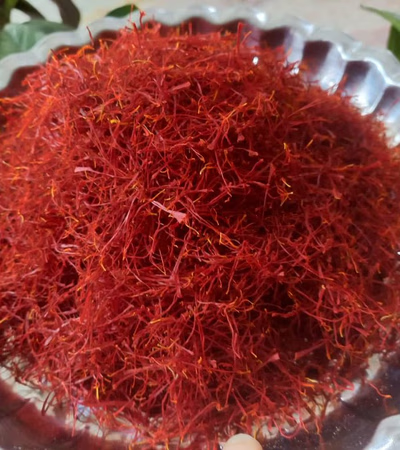 ایران
زعفران، وچې میوې، مصالحې، درملیز بوټې، مغزونه، خوندور خوراکونه او د خوراکي توکو پلور
ایران
زعفران، وچې میوې، مصالحې، درملیز بوټې، مغزونه، خوندور خوراکونه او د خوراکي توکو پلور
د زعفران، زردالو، وچو میوو، درملیز بوټو او مغزو لکه پسته، بادام، اخروټ، کدو او هندوانه د تخمونو په شمول د ټولو وچو میوو محصولاتو پلور چې تر ټولو غوره ...تفصیلات
-
 شهاب 3 میاشتې مخکې
شهاب 3 میاشتې مخکې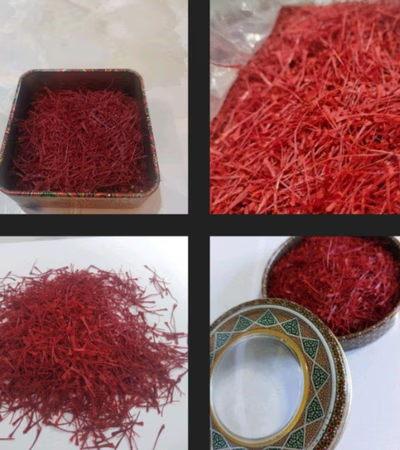 ایران
لومړی درجه زعفران
ایران
لومړی درجه زعفران
موږ د زعفران تر ټولو تازه محصول د ځانګړي خوند او خوشبو سره چمتو کړی ترڅو ستاسو د زعفران اړتیاوې پوره کړي. زموږ زعفران لوړ کیفیت، ځانګړی دی، او تاسو ته...تفصیلات
-
 سعید یحیی 2 میاشتې مخکې
سعید یحیی 2 میاشتې مخکې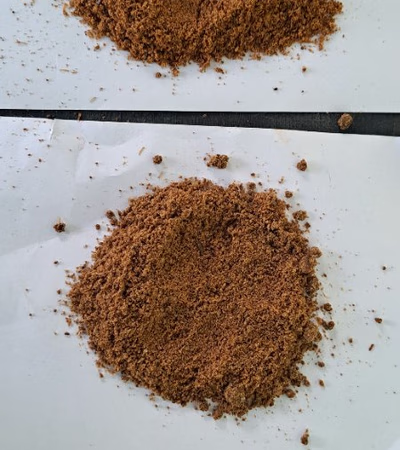 ایران
د غوښې پوډر
ایران
د غوښې پوډر
د حیواناتو او د اوبو د ژوند لپاره ځانګړی د چرګانو غوښې پوډرتفصیلات
-
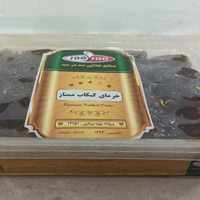 اقلیما بورو مند 3 میاشتې مخکې
اقلیما بورو مند 3 میاشتې مخکې ایران
مېوې
ایران
مېوې
د ټولو ډولونو مېوې په کوچنیو او لویو بسته بندیو کې او په کیلو او لوی مقدار کې په لوړ ټننه. خرما کبکاب، زاهدی، پیارام، شاهانی.تفصیلات
-
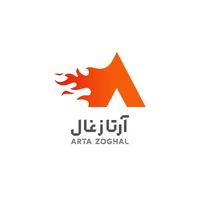 حیدر هنرمند 2 میاشتې مخکې
حیدر هنرمند 2 میاشتې مخکې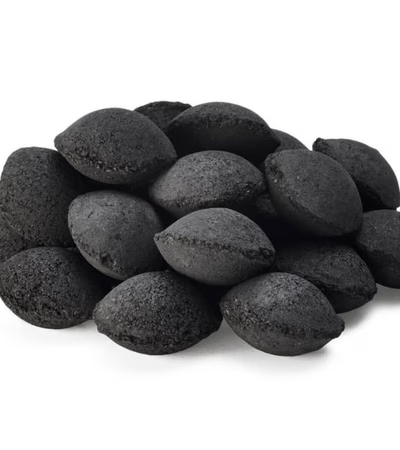 ایران
د هوکا او ګریل کولو لپاره د کمپریس شوي چارکول ډولونه
ایران
د هوکا او ګریل کولو لپاره د کمپریس شوي چارکول ډولونه
زه د هوکا چارکول او د ګریل کولو چارکول مختلف ډولونو په تولید او پلور کې فعال یم. زه د ایران څخه نورو هیوادونو ته د لبنیاتو فابریکو، د حیواناتو د خوراک...تفصیلات
-
 رادمن مهک سیمرغ 3 میاشتې مخکې
رادمن مهک سیمرغ 3 میاشتې مخکې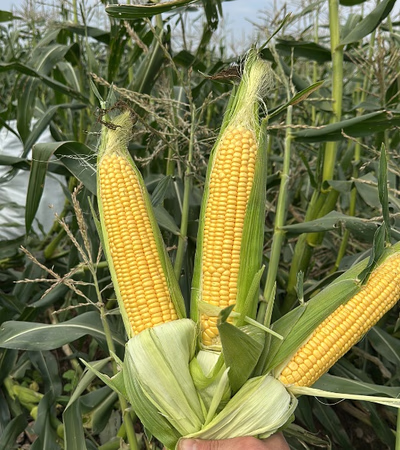 ایران
منجمد خوږ مکا
ایران
منجمد خوږ مکا
د منجمد خوږ مکا او IQF مټر تولید او بسته بندي د منجمد مکا او مټر تولید او بسته بندي د IQF شکل کې منجمد ګل کلم او بروکليتفصیلات
-
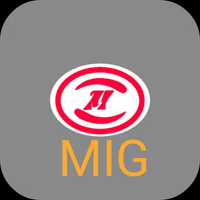 ګروه صنعتي مهستان 2 میاشتې مخکې
ګروه صنعتي مهستان 2 میاشتې مخکې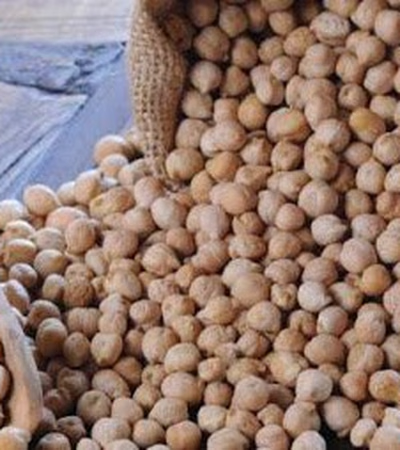 ایران
د نفت مشتقات، د پټرولیم کیمیاوي محصولات، وچې میوې
ایران
د نفت مشتقات، د پټرولیم کیمیاوي محصولات، وچې میوې
د نړیوالو معیارونو سره سم د تولید څخه د محصولاتو مستقیم عرضه، په نړیوال بازار کې سیالي کوونکی محصولتفصیلات
-
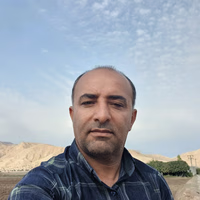 روح الله کردزنگنه 2 میاشتې مخکې
روح الله کردزنگنه 2 میاشتې مخکې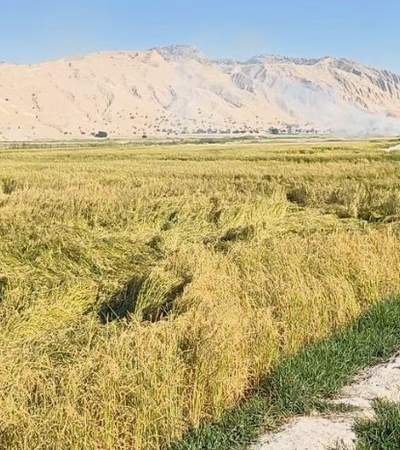 ایران
د وریجو او قیمتي ډبرو
ایران
د وریجو او قیمتي ډبرو
1. د 100% عضوي محلي وریجو پلورل چې د حشره وژونکو او کیمیاوي سرې پرته کښت شوي، د غوره خوشبو او خوند سره دودیزه کښت. قیمتي ډبرې او فوسیلونه. د ټماټو، سب...تفصیلات








































